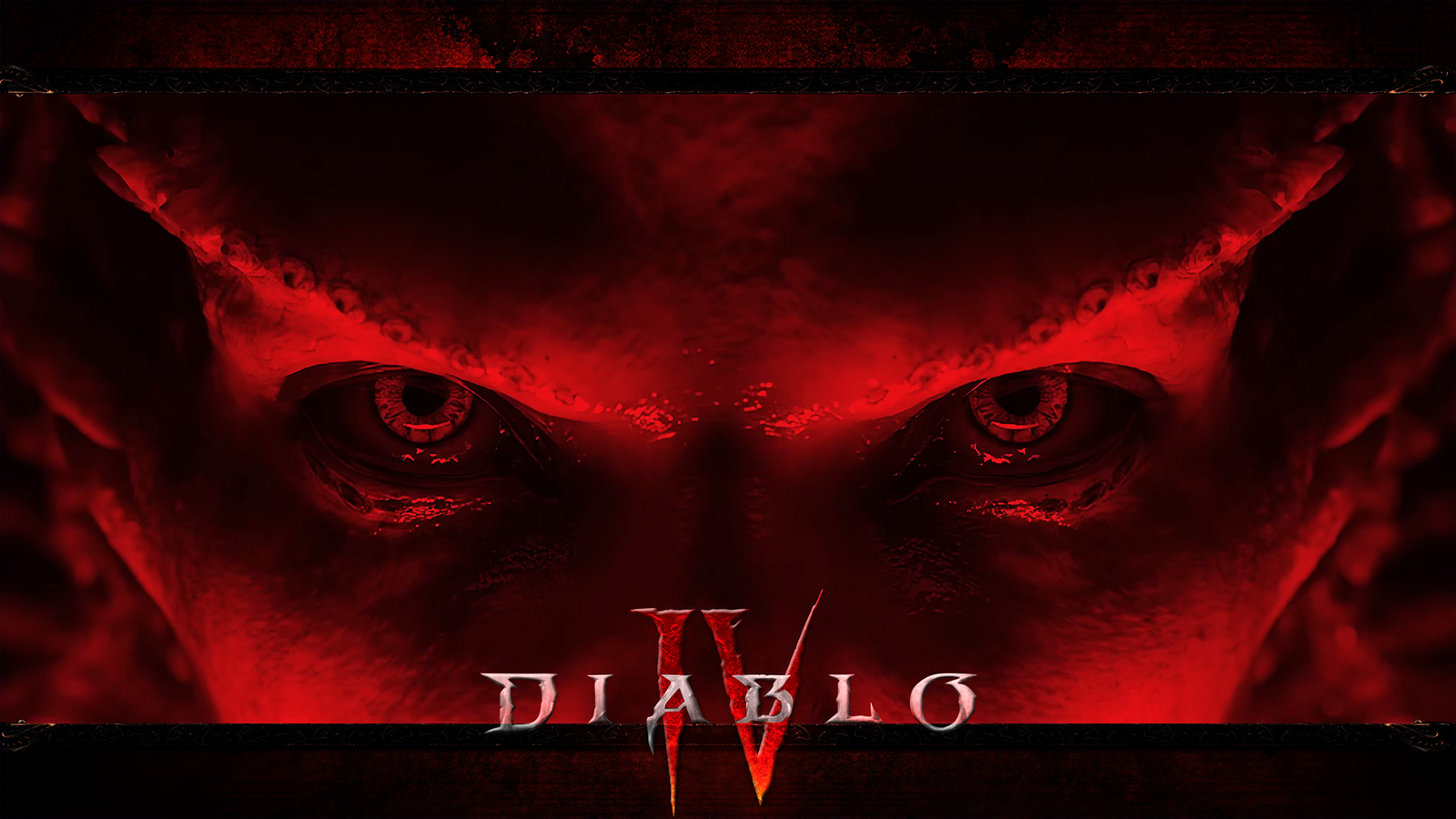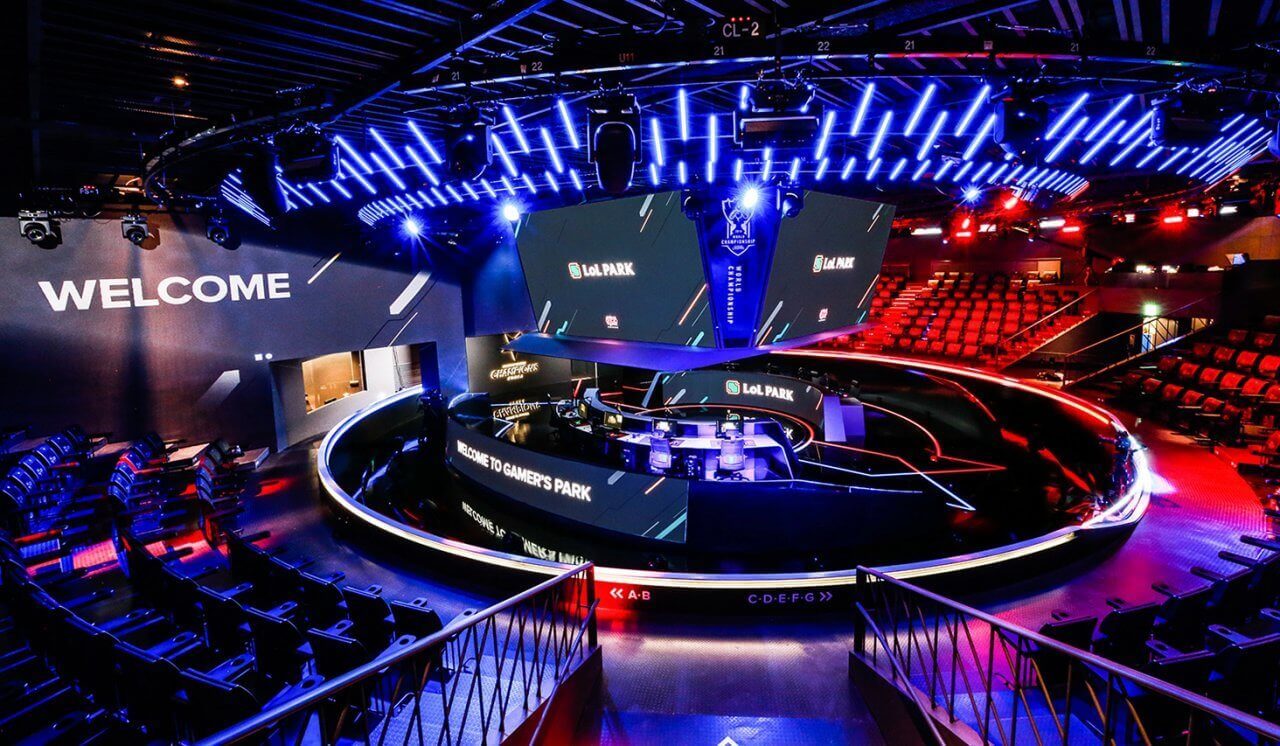If you're looking for a Diablo 4 guide about Nightmare Dungeons and Nightmare Sigils, you've come to the right place. Here's what you need to know about the Nightmare Sigils system and Nightmare Dungeons.

Nightmare Dungeons might be some of the most interesting activities in the endgame of Diablo 4, and they keep the game challenging until the very end. The function of Nightmare Sigils is very easy to explain: With them, you can turn already visited dungeons into even more challenging places of hell, called Nightmare Dungeons. If you know World of Warcraft, you could compare Nightmare Dungeons to Heroic/Mythic Dungeons in WoW.
All you have to do is to find the fitting Nightmare Sigil for the right dungeon and unleash chaos. But hey, harder dungeons and enemies mean more and better loot, and which dedicated Diablo player wouldn't want this. So let's take a look at Nightmare Dungeons and Sigils in Diablo 4.
- Diablo 4: Hardcore Leaderboard | We Already Have A Winner!
- Slay waves of hellish creatures-play Diablo 4 on PlayStation 5
Diablo 4: Nightmare Dungeons & Nightmare Sigils Explained
First, we need to know, how to even get to the point where Nightmare Dungeons and Sigils come into Diablo 4. Two things are needed for this to happen. You need to switch to World Tier 3: Nightmare, and will therefore need to have completed the Cathedral of Light Dungeon.
Now there's a chance that in the dropped loot you will also find Nightmare Sigils, while playing on World Tier 3. In the best case scenario, it's even possible to get Nightmare Sigils for a Nightmare Dungeon, while you're clearing another Nightmare Dungeon. But they can also get dropped while doing Bounties, exploring or during special events in the game.
All you need is a bit of luck and the ongoing urge to loot and level.
How to use Diablo 4 Nightmare Sigils:
Well, that's a relative easy thing to do. Once the Diablo gods drop a Nightmare Sigil for you, and you want to use them, just head over to the dungeon that matches the name of the Sigil. There you have to open your inventory and switch to the tab for consumables. Use the Nightmare Sigil to turn this dungeon into its Nightmare counterpart. Enjoy the Hell!
- Diablo 4: Murmuring Obols | How To Find & Where To Spend
- Diablo 4 Players Convinced: These 3 Things Have To Change
The Difference Between A Nightmare Dungeon And A Normal One
Well, in some aspects of the game, there will be differences between the normal dungeon and its Nightmare Version. What doesn't change is the layout and the objectives in the dungeon. So you will have the same goals and quests in there, as in your first visit. What changes is the difficulty of the dungeon and the enemies within.
Based on the dungeon and the Nightmare Sigil you used, there will be special modifiers applied to the dungeon. As already described, this will turn up the difficulty, so be careful in there, and use your best equipment.
Here are some general points on what can you expect from a Nightmare dungeon:
Of course there will be harder enemies in the dungeon, in a Nightmare Dungeon all of your enemies will be at level 53 or higher. So be prepared for a challenging experience. Also, you won't be able to revive as much as you're used to, in Tier 1 Nightmare Dungeons you're only allowed to revive up to a dozen times. So play carefully and keep your eyes open for every movement!
To make the dungeon even harder, there will be at least two modifiers that have negative effects on you. But the loot will be worth all this trouble. That gets us to the next point-what's in for you?
Paragon Glyph Rewards - the best thing about Nightmare Dungeons.
Well, first, Nightmare Dungeons are a nice way to get high tier loot. With a bit of luck, you can find valuable sacred or unique items in there. But the best thing about Nightmare Dungeons is, that it provides you with Paragon Glyphs.
- Diablo 4 DLC: Blizzard Already Working On Two Expansions
- Play Diablo 4 with the Logitech G Pro Gaming Keyboard
When you cleared a Nightmare Dungeon, you can select a so-called Paragon Glyph and level it up. The higher-the better, easy as that. Doing this can give you additional stats, which of course benefits your character and your chosen build.






























